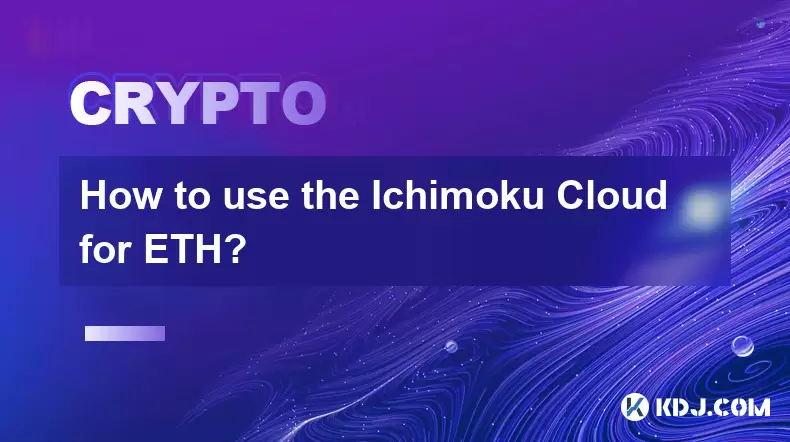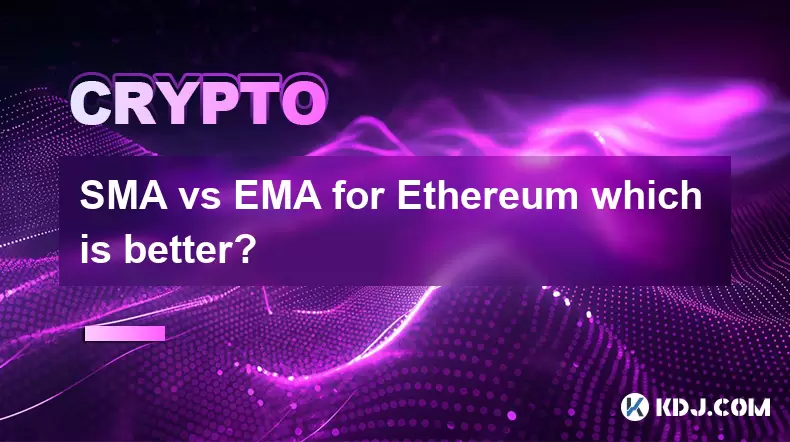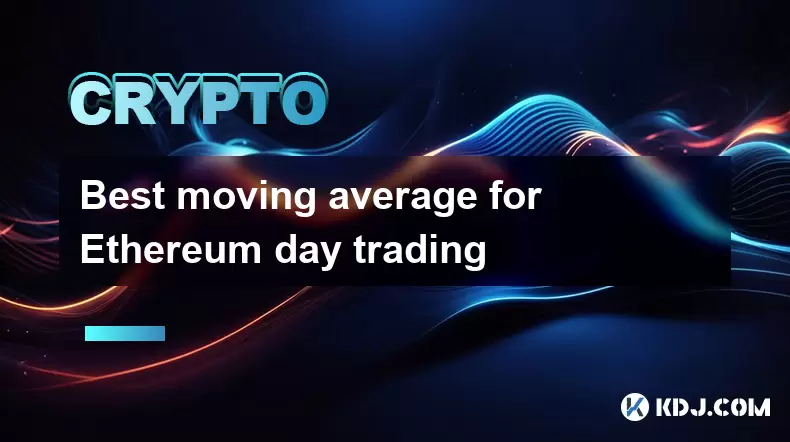-
 Bitcoin
Bitcoin $118100
-0.44% -
 Ethereum
Ethereum $3585
5.43% -
 XRP
XRP $3.434
5.65% -
 Tether USDt
Tether USDt $1.000
0.02% -
 BNB
BNB $743.8
3.89% -
 Solana
Solana $178.7
3.84% -
 USDC
USDC $1.000
0.03% -
 Dogecoin
Dogecoin $0.2381
12.81% -
 TRON
TRON $0.3270
3.62% -
 Cardano
Cardano $0.8315
4.93% -
 Hyperliquid
Hyperliquid $44.51
-4.42% -
 Stellar
Stellar $0.4710
1.52% -
 Sui
Sui $3.896
-2.51% -
 Chainlink
Chainlink $18.09
6.98% -
 Hedera
Hedera $0.2681
9.31% -
 Bitcoin Cash
Bitcoin Cash $516.7
4.83% -
 Avalanche
Avalanche $23.95
6.96% -
 Shiba Inu
Shiba Inu $0.00001490
5.67% -
 UNUS SED LEO
UNUS SED LEO $8.966
0.80% -
 Toncoin
Toncoin $3.294
4.39% -
 Litecoin
Litecoin $105.4
4.69% -
 Polkadot
Polkadot $4.356
5.30% -
 Uniswap
Uniswap $10.29
17.25% -
 Monero
Monero $327.9
-3.04% -
 Bitget Token
Bitget Token $4.942
4.33% -
 Ethena USDe
Ethena USDe $1.001
0.08% -
 Pepe
Pepe $0.00001348
2.17% -
 Dai
Dai $1.000
0.02% -
 Aave
Aave $320.8
0.58% -
 Bittensor
Bittensor $411.8
-4.07%
StaFi (FIS) currency buying and selling tutorial
To buy FIS, select a reputable exchange, create and verify your account, fund it with fiat or crypto, choose a FIS trading pair, and place a buy order, specifying the amount and order type.
Jan 06, 2025 at 05:05 pm

StaFi (FIS) Currency Buying and Selling Tutorial
Key Points:
- Understanding StaFi (FIS) and its role in the staking economy
- Choosing a suitable cryptocurrency exchange to trade FIS
- Creating an account on the exchange and completing the KYC process
- Funding the account with fiat currency or cryptocurrency
- Placing a buy or sell order for FIS
- Managing FIS holdings and tracking market performance
Step 1: Understanding StaFi (FIS)
StaFi (FIS) is a decentralized application (dApp) that allows users to unlock the liquidity of their staked cryptocurrencies. By introducing the concept of "liquid staking," StaFi enables users to earn staking rewards while still being able to trade their staked assets. FIS, the native token of StaFi, serves as a governance token and a means of paying transaction fees on the platform.
Step 2: Choosing a Cryptocurrency Exchange
To buy or sell FIS, you will need to select a cryptocurrency exchange that supports FIS trading. Consider factors such as:
- Reputation and reliability of the exchange
- Trading fees and spreads
- Availability of FIS trading pairs
- Trading volume and liquidity
- User interface and ease of use
Step 3: Creating an Account and Completing KYC
Once you have chosen an exchange, create an account by providing your personal information, email address, and phone number. Most exchanges also require users to complete a Know Your Customer (KYC) process, which involves submitting identity verification documents such as a passport or driver's license.
Step 4: Funding Your Account
You will need to fund your account with fiat currency (e.g., USD, EUR) or cryptocurrency (e.g., BTC, ETH) before you can place a trade. Fiat currencies can be deposited via bank transfer or credit/debit card, while cryptocurrencies can be transferred from an external wallet.
Step 5: Placing a Buy or Sell Order
To buy FIS, navigate to the FIS trading page on the exchange. Enter the amount of FIS you want to purchase, select a trading pair (e.g., FIS/USDT), and specify the order type (e.g., market order, limit order). To sell FIS, follow a similar process but choose the "Sell" option instead.
Step 6: Managing FIS Holdings
After placing your order, you can track the status of the trade in your account history. If your order is executed successfully, the FIS tokens will be credited to your account balance. You can view your FIS holdings, manage staking activities, and track market performance through the exchange's dashboard.
FAQs:
What is the minimum amount of FIS I can buy or sell?
The minimum amount of FIS you can buy or sell varies depending on the exchange you use. Generally, most exchanges have a minimum order size of around 10 FIS.
Are there any fees associated with buying or selling FIS?
Yes, there are usually trading fees and network fees associated with FIS transactions. The trading fee is charged by the exchange, while the network fee is charged by the blockchain network.
How long does it take to process a FIS transaction?
The processing time for FIS transactions depends on the blockchain network conditions and the exchange you use. Typically, transactions are processed within a few minutes to an hour.
Can I stake my FIS tokens on the StaFi platform?
Yes, you can stake your FIS tokens on the StaFi platform to earn rewards. However, staking FIS requires a minimum amount of tokens, and there may be lock-up periods associated with staking.
Is StaFi a safe and reliable platform?
StaFi is a well-established platform with a strong community and a dedicated team. The platform employs robust security measures to protect user funds and data.
Disclaimer:info@kdj.com
The information provided is not trading advice. kdj.com does not assume any responsibility for any investments made based on the information provided in this article. Cryptocurrencies are highly volatile and it is highly recommended that you invest with caution after thorough research!
If you believe that the content used on this website infringes your copyright, please contact us immediately (info@kdj.com) and we will delete it promptly.
- Meme Coin Mania: BONK, FLOKI, and the Quest for Crypto Gold
- 2025-07-19 10:50:12
- Troller Cat Presale Surge: The Meme Coin That's Actually Good?
- 2025-07-19 10:50:12
- XRP Mining for Passive Income: Is It the Next Big Thing?
- 2025-07-19 10:30:12
- Neo Blockchain & ChainGPT: AI Revolutionizing Decentralized Applications
- 2025-07-19 10:35:13
- Altcoins, Ethereum, and SharpLink: A New Era in Crypto Investment?
- 2025-07-19 09:15:12
- Coin Shop Homicide: Guilty Verdict After Decade-Long Wait
- 2025-07-19 08:50:13
Related knowledge

How to add indicators to Ethereum chart on TradingView?
Jul 19,2025 at 07:15am
What Is an Ethereum Chart on TradingView?The Ethereum chart on TradingView is a visual representation of the price movement of Ethereum (ETH) over a s...

How to use the Ichimoku Cloud for ETH?
Jul 18,2025 at 09:56pm
Understanding the Ichimoku Cloud and Its ComponentsThe Ichimoku Cloud, also known as Ichimoku Kinko Hyo, is a versatile technical analysis tool that p...

SMA vs EMA for Ethereum which is better?
Jul 19,2025 at 12:36am
Understanding the Basics of SMA and EMAIn the world of cryptocurrency trading, especially when dealing with Ethereum, technical indicators play a cruc...

Best moving average for Ethereum day trading
Jul 19,2025 at 01:42am
Understanding the Role of Moving Averages in Ethereum Day TradingIn the realm of Ethereum day trading, moving averages are indispensable tools for ide...

How to customize USDT TRC20 mining fees? Flexible adjustment tutorial
Jun 13,2025 at 01:42am
Understanding USDT TRC20 Mining FeesMining fees on the TRON (TRC20) network are essential for processing transactions. Unlike Bitcoin or Ethereum, whe...

USDT TRC20 transaction is stuck? Solution summary
Jun 14,2025 at 11:15pm
Understanding USDT TRC20 TransactionsWhen users mention that a USDT TRC20 transaction is stuck, they typically refer to a situation where the transfer...

How to add indicators to Ethereum chart on TradingView?
Jul 19,2025 at 07:15am
What Is an Ethereum Chart on TradingView?The Ethereum chart on TradingView is a visual representation of the price movement of Ethereum (ETH) over a s...

How to use the Ichimoku Cloud for ETH?
Jul 18,2025 at 09:56pm
Understanding the Ichimoku Cloud and Its ComponentsThe Ichimoku Cloud, also known as Ichimoku Kinko Hyo, is a versatile technical analysis tool that p...

SMA vs EMA for Ethereum which is better?
Jul 19,2025 at 12:36am
Understanding the Basics of SMA and EMAIn the world of cryptocurrency trading, especially when dealing with Ethereum, technical indicators play a cruc...

Best moving average for Ethereum day trading
Jul 19,2025 at 01:42am
Understanding the Role of Moving Averages in Ethereum Day TradingIn the realm of Ethereum day trading, moving averages are indispensable tools for ide...

How to customize USDT TRC20 mining fees? Flexible adjustment tutorial
Jun 13,2025 at 01:42am
Understanding USDT TRC20 Mining FeesMining fees on the TRON (TRC20) network are essential for processing transactions. Unlike Bitcoin or Ethereum, whe...

USDT TRC20 transaction is stuck? Solution summary
Jun 14,2025 at 11:15pm
Understanding USDT TRC20 TransactionsWhen users mention that a USDT TRC20 transaction is stuck, they typically refer to a situation where the transfer...
See all articles

























































































